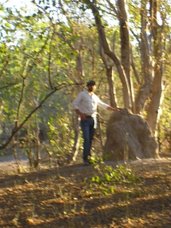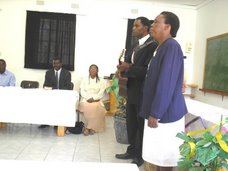It’s when there is a change in symptoms rather than an improvement after the first prescription that one can see the flexibility of the triad method. An easy example togive is the first case at a subsequent follow up.
***The patient did well on their first and second prescriptions but they have returned. Their joint pains have returned but they find that they are now worse at the end of the day when they are at rest. They have to keep moving to keep the pains at bay. They began again around the time their children were threatened with expulsion from school because they were late with school fees (Everyone has to pay school fees in Botswana whether government or private school). The patient became worried for their children's future and took on extra work. Nothing much else worries them aside from their families welfare and their responsibilities.
In this case the aetiology of the joint pains and their characteristic of being worse for rest and better for continued motion indicates not Bryonia but Rhus Tox. The patients underlying constitution and background remain unchanged so far so the prescription can be repeated with the Bryonia, the initial remedy for the patients joint symptoms being changed for Rhus. Tox. Calc and Carc can be repeated as before.
Thursday, July 26, 2007
The Flexibility of The Triad Method.
Labels: Homoeopathy in the NHS Early Day Motion
Africa,
AIDS,
Botswana,
HIV,
Homeopathy,
Layers Method,
Member of Parliament,
Prescribing Methods,
Remedy Reaction,
The Maun Homeopathy Project,
Triad Method
Subscribe to:
Post Comments (Atom)
















































































No comments:
Post a Comment